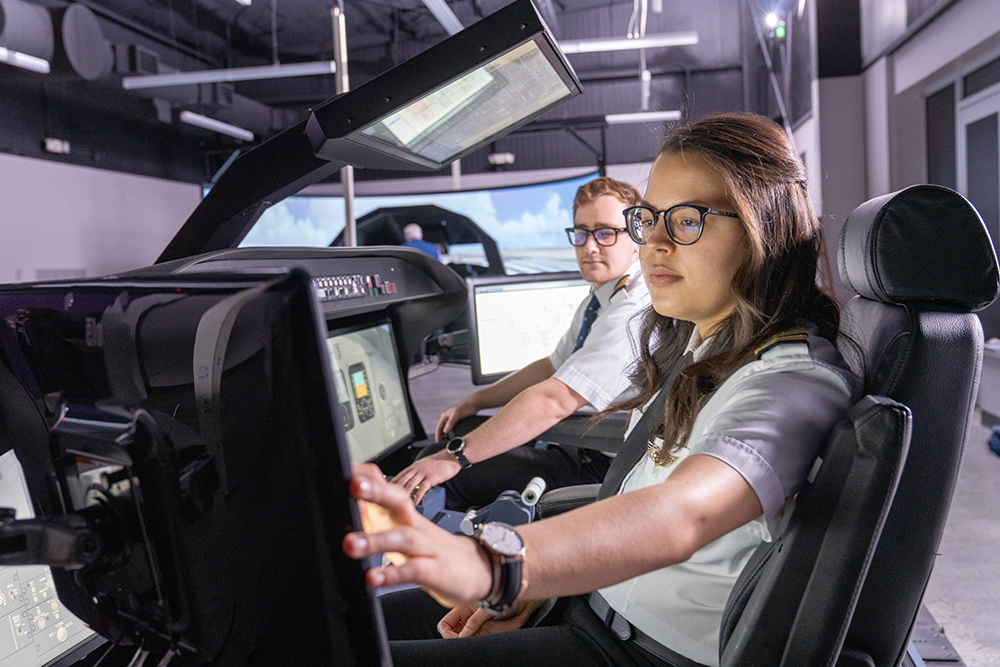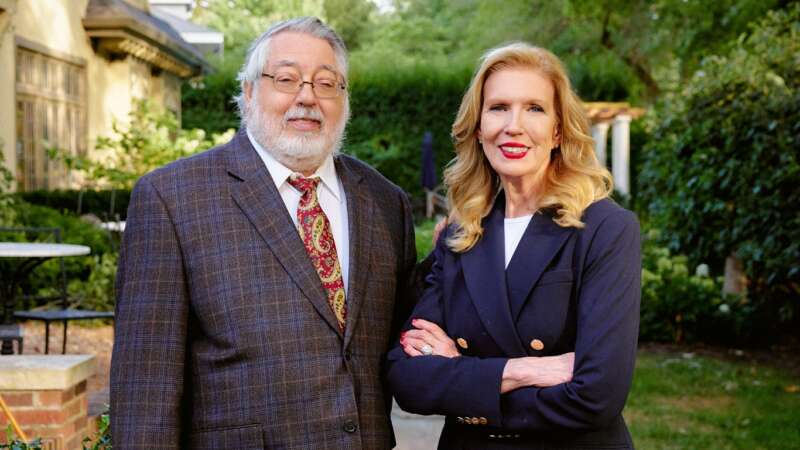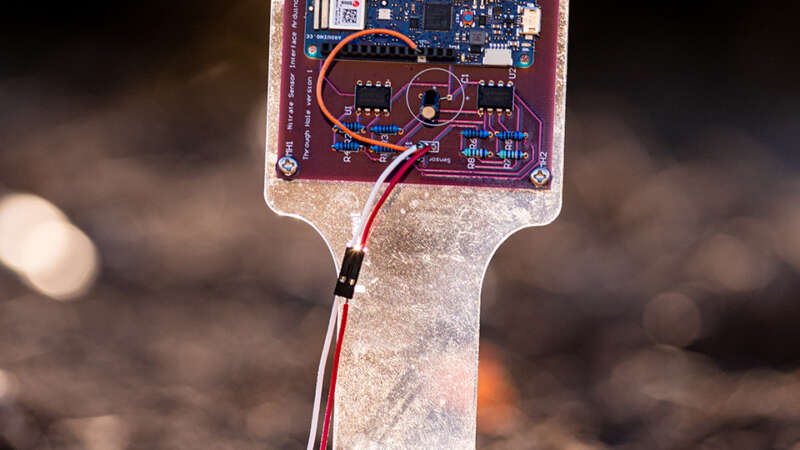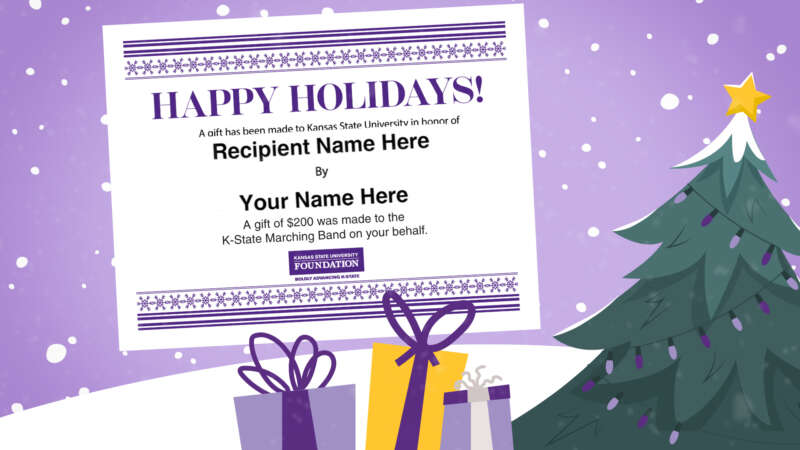Generous gifts allow K-State aviation program to soar to new heights
Pilots yearn to take to the skies, but before they can fly, they must learn how to fly safely. A couple gifts to Kansas State University’s aviation program help students soar.
The gifts consisted of a generous financial donation from Elaine Gross and the late Bill Gross and three new flight simulators given by John and Kim Vanier. With these gifts, students can learn about their passion for the skies in new and exciting ways.
“These new training devices, the full trainer (FTD), and the two flat-panel trainers (EFPTs) will give our students the advantage of having hands-on knowledge on how to use an automated flight deck, how highly complex systems integrate with each other, and how crews interact with each other in decision-making processes,” said Neal Bloomquist, aviation professor at K-State Salina Aerospace and Technology campus. “While nothing can beat the act of manning the controls of a real commercial airliner, these flight simulators are essential for giving the students a feel for what it will be like should they decide to work for an airline.”
Perhaps the most interesting part about these new flight trainers is their ability to give students a variety of different situations to work within.
“These new flight simulators can recreate almost any situation, helping students improve their navigational abilities under both visual and instrument flight rules (VFR/IFR),” Bloomquist said. “They enable me to load a flight at a chosen airport with real-world runway layouts, as well as accurate terrain features and weather conditions. They also allow me to create almost any scenario within the software and then to use the simulator to practice Crew Resource Management (CRM) procedures, thereby helping the students gain valuable insight into the skills they will need someday when they command an airliner.”
The simulators can also recreate situations in which an engine or mechanical error occurs giving students hands-on experience on what to do in a code-red aviation situation.
“CRM skills are further enhanced when many different types of aircraft failures can be recreated in these simulators to prepare a pilot for similar in-air failures,” Bloomquist said. “From ice buildup and engine problems to electrical malfunctions and maneuver mistakes. These students are given a first-person viewpoint on what it is like to go through an emergency scenario and how to properly respond using CRM techniques.”
Student reception to the flight simulators has been very positive.
“The addition of the new simulators has given me the hands-on experience I need, said Stephen McInnis, senior in aeronautical technology and aviation. “I will have the advantage of having already used an automated flight deck and its integrated systems that is essential when I start working for an airline or private charter.”
Bloomquist wanted to thank the donors for their gifts, as well as stress the importance of giving flight simulators to aviation programs not just at K-State Salina but aviation programs in general.
“It’s easy to see why the process can be so useful for the student experience — and why it is so important that KSU offers students a flight school with flight simulation capabilities,” Bloomquist said. “While this gift allows an instructor, like me, to provide the best possible educational experience, this gift does so much more than that; it gives to the aviation profession aviators fully prepared to achieve excellence in the global aviation industry and for that, the donors of these simulators need to be held in high esteem for their commitment to ensuring that KSU students receive the most value out of their education.”
Originally published in August 2021.




